- Home
- Advertising
- DISASTER TIMELINE: How Carnival Went From 'Fun Ship' To 'Poop Cruise'
DISASTER TIMELINE: How Carnival Went From 'Fun Ship' To 'Poop Cruise'
Carnival Cruise Lines was founded by Ted Arison in 1972.

Carnival's first-ever voyage got off to a bad a start.
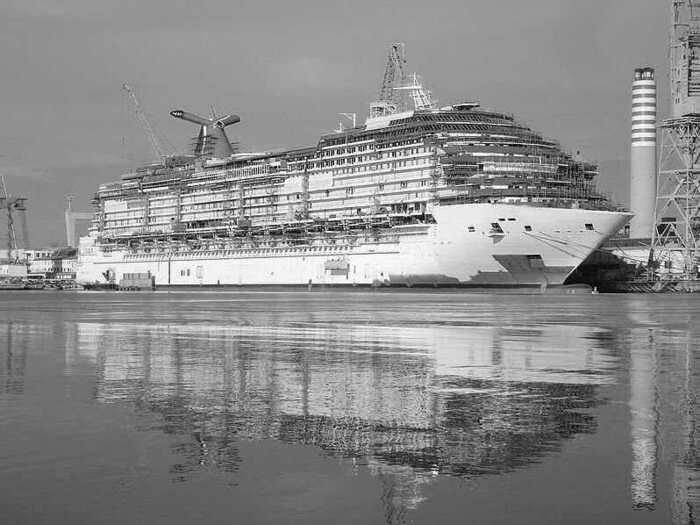
According to Carnival's website, in 1972 "the company’s first cruise ship, the TSS Mardi Gras, runs aground on a sandbar during its inaugural voyage."
But by the early 80's, things started improving.
In 1984, Carnival became the first cruise line to advertise on network television. Kathie Lee Gifford, then Kathie Lee Johnson, was the company's first spokesperson.

The 1980s was a great time for Carnival.
In 1982, the 'Tropicale' ship debuted, representing the first new ship the industry had seen in years.
Two years later, Carnival launched the first network-wide advertising campaign in the industry.
This video is one of the original commercials Carnival ran. It features Kathie Lee Johnson, aka Kathie Lee Gifford.
In the late 80s, Carnival was carrying more passengers than any other cruise line, making it "The World's Most Popular Cruise Line." The brand still uses this phrase as its tagline.
In 1987, Carnival completed an initial public offering of 20 percent of its common stock.
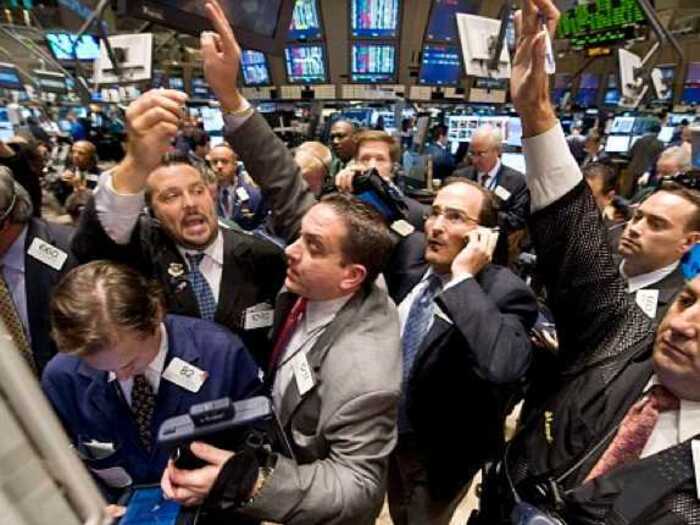
The cruise line was able to generate around $400 million from its IPO.
This money would help it buy new ships, as well as acquire other brands.
In 1989, it made its first acquisition — the Holland America Line.
In the 90s, Carnival began launching newer, bigger ships, including the world's first non-smoking vessel.
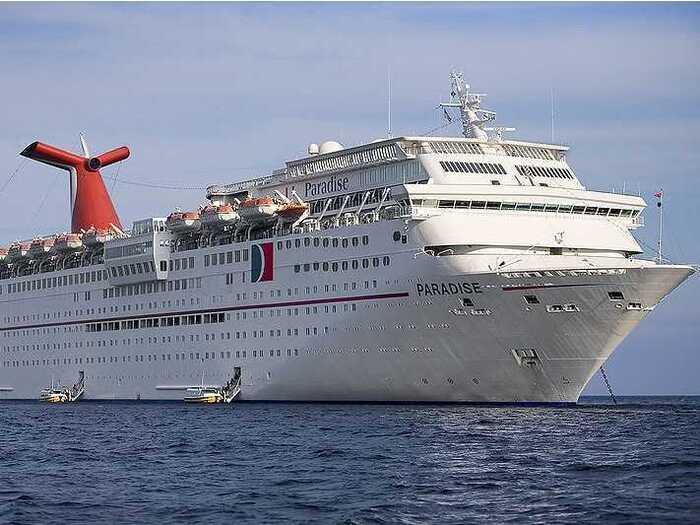
In 1997, Carnival launched 'Destiny,' the first cruise ship in the world to weigh more than 100,000 tons.
One year later, Carnival launched 'Paradise,' the first non-smoking cruise ship in the world.
But with these breakthroughs also came the company's first major PR nightmares.
In 1998, there was a fire onboard the Carnival 'Ecstasy.'
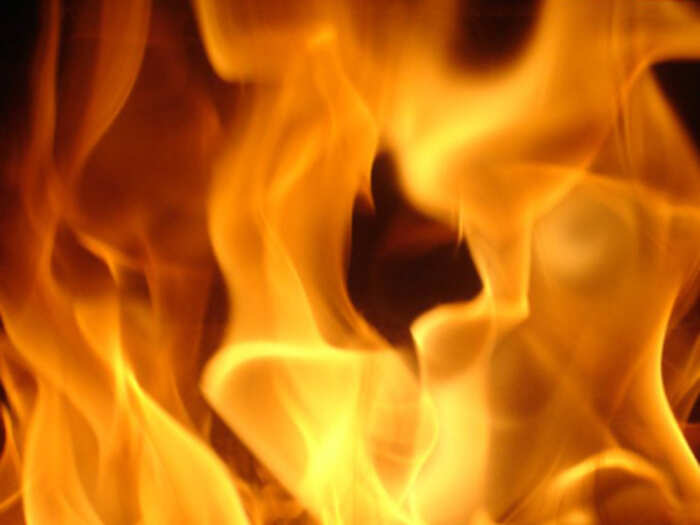
In July 1998, soon after 'Ecstasy' departed from Miami, a fire started in the main laundry room.
As the ship was attempting to re-dock at the Miami port, it lost propulsion power and began drifting off course. Sound familiar?
It took six tugboats to fight the fire and pull the ship to shore. Eight passengers and 14 crew members were injured. It cost $17 million to repair the ship.
Then there was another fire on another ship in 1999.
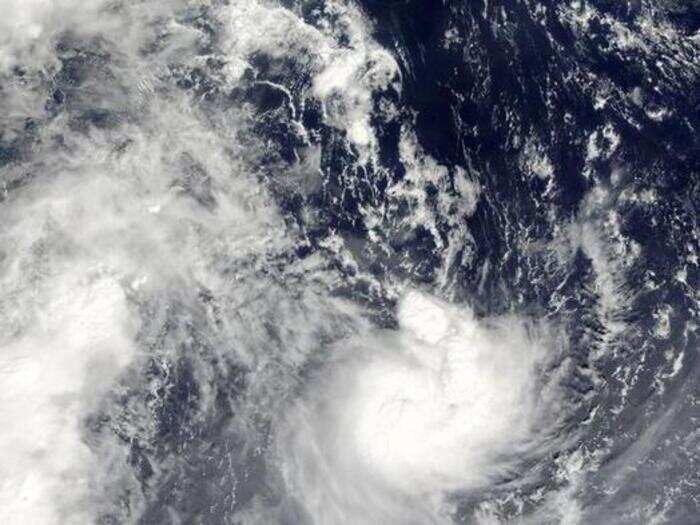
A little over a year later, the Tropicale's engine room caught fire, leaving the ship in the path of Tropical Storm Harvey.
The ship's captain, Vito Riccio, told the St. Petersburg Times that he didn't relay information about the fire to the passengers for fear that they would then panic and jump overboard.
In 2005, the company was both praised and criticized for its Katrina-related efforts.
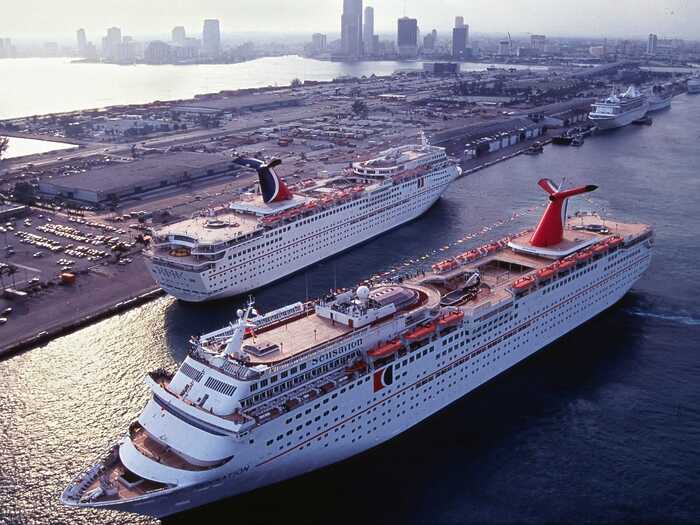
While the early 2000s were relatively uneventful for the brand, things changed after Hurricane Katrina when the U.S. government signed a six-month contract with Carnival. Under the agreement, Carnival received $236 million in exchange for three ships to be used as temporary housing for Katrina victims.
The ships were docked along the Alabama, Louisiana, and Texas coastlines.
Despite Carnival's honorable intentions, the contract was highly criticized because Carnival was earning more money than it normally would have had the ships been used as vacation spots. Many of the ships were also mostly empty.
Between 2006 and 2007, two separate passenger deaths caused another PR dilemma for the brand.

In May 2006, a Philadelphia man jumped off his balcony on Carnival's 'Legend' after an argument with his wife. The tragedy happened off the coast of Bermuda.
A little over a year later, an 18-year-old from Houston also jumped to his death from a Carnival ship. According to the Houston Chronicle, his jump may have been premeditated.
The economic downfall of 2008 did not bode well for Carnival or the rest of the cruise ship industry.
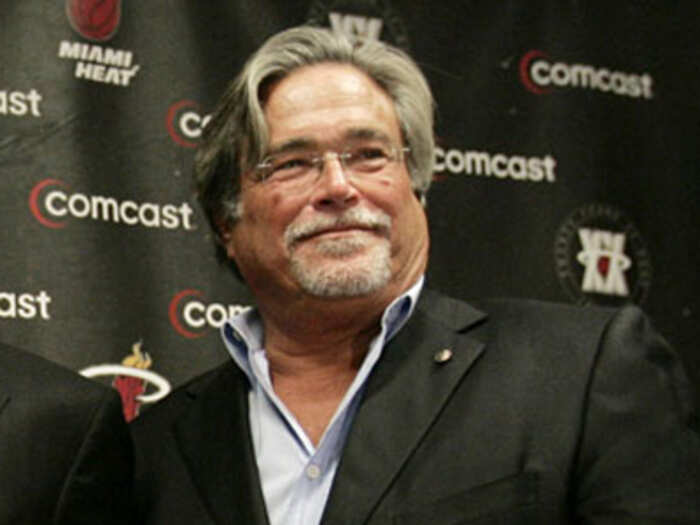
In April 2008, Micky Arison, the chairman of Carnival Corp. & plc, announced that the brand would not be ordering any new U.S. ships until the American economy improved.
In 2009, Carnival's largest "Fun Ship" was retired.
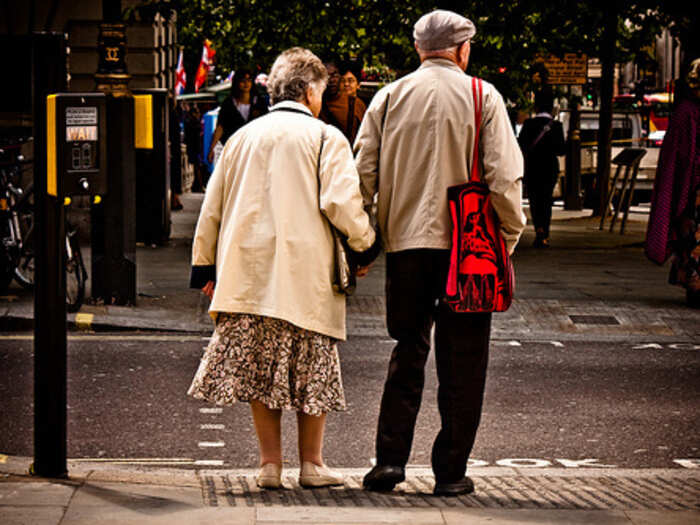
'Dream,' the largest of the "Fun Ship" line, was retired in 2009. It was also the largest ship ever built by the Italian shipbuilding company Fincantieri.
In November 2010, another Carnival cruise ship had a fire on board.
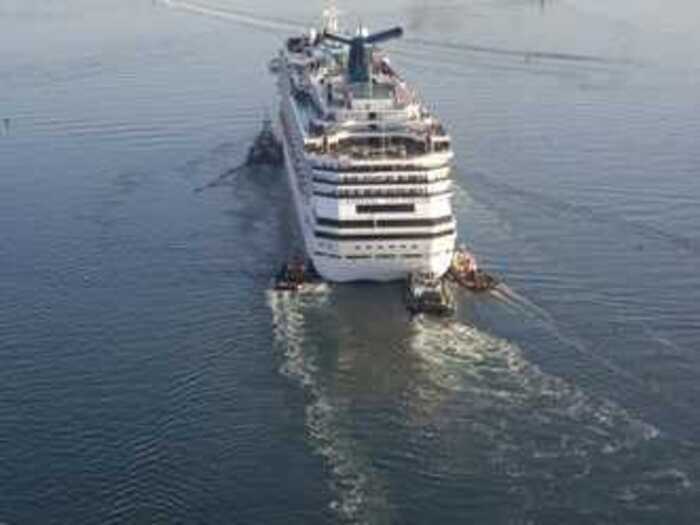
The generator room on Carnival's 'Splendor' caught fire, causing the ship to lose power.
According to CBS News, 4,500 passengers were trapped at sea for over 24 hours with very little food and no A/C or hot water. The ship was towed to San Diego.
Once again, sound familiar?
For the next couple of years, Carnival avoided major PR disasters.
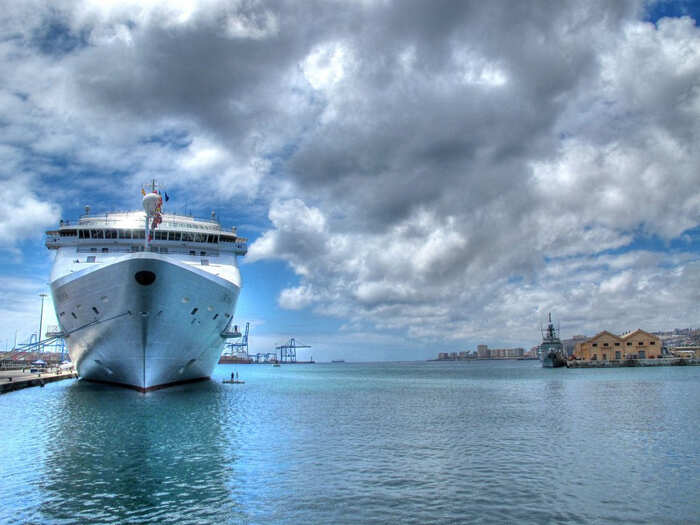
In October 2012, 'Spirit' launched, becoming the company's first ship to sail through Australian waters, as well as the largest ship to cruise to Australia year-round.
'Spirit' is too large to fit under the bridge to Carnival's cruise terminal, so it is docked separately.
The brand also signed an agreement with Italian shipbuilder Fincantieri for both a 99,000-ton ship for its Holland America Line and a 135,000-ton ship for its Carnival Cruise Line.
According to Breaking Travel News, Giuseppe Bono, chief executive of Fincantieri, said, “These additional orders bring the total number of ships we have built for Carnival Corporation to 61 and confirm Fincantieri’s world leadership in the cruise ship sector even at a time of slowing demand.”
In January 2012, a Costa Concordia ship owned by Carnival struck a rock off the coast of an Italian island.
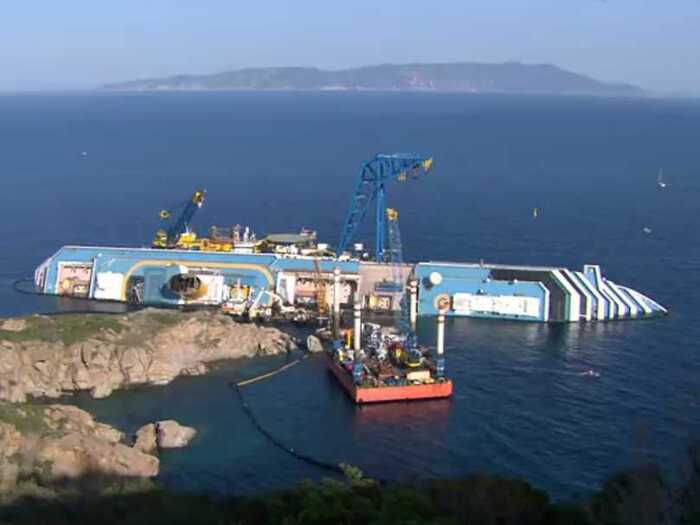
Thirty passengers aboard the Costa Concordia lost their lives, and as of December 2012, two were still missing.
Because the ship wreckage is in a nationally protected marine park and coral reef, removing the wreckage has proven difficult and costly.
According to 60 Minutes, the cleanup will cost $400 million.
Hundreds of passengers and up to 1,000 businesses on the Italian island have sued or are in the process of suing Carnival.
Carnival's most recent PR fiasco may be the last straw for many of Carnival's loyal customers.
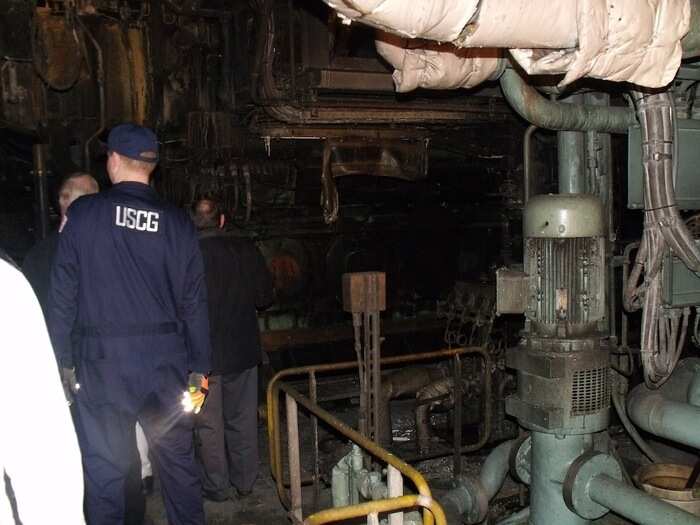
After almost a week of being stranded with no running water or air conditioning, passengers who suffered aboard the 'Triumph' ship are already starting to sue Carnival over the conditions they endured.
Making things even worse, one of the buses carrying rescued passengers from Mobile to New Orleans broke down.
Carnival has already offered passengers a refund, cruise credit, and $500, but this disaster may prove too big to be solved with money.
The engine fire that caused the horrible conditions is still under investigation, and it may take months to find the cause.
Despite Carnival's recent problems, the brand is still used by almost 50 percent of worldwide cruise passengers.
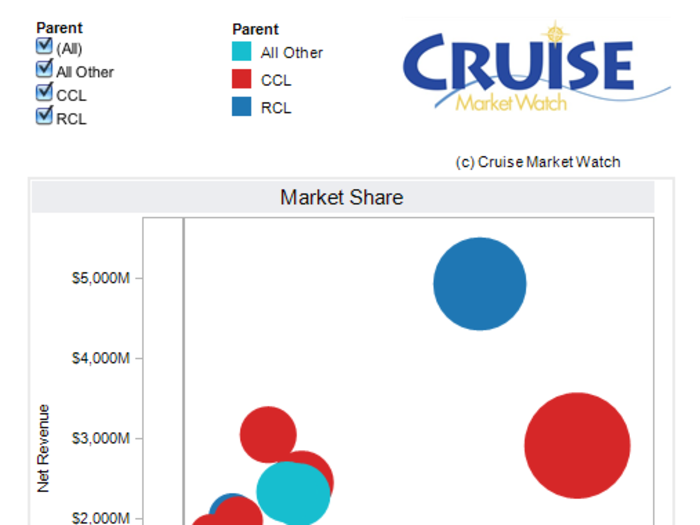
According to Cruise Market Watch, the worldwide cruise industry is an estimated $36.2 billion business.
Current data shows a 4.5 percent increase in revenue from 2012 figures.
There has also been a 3.3 percent increase in yearly passengers since 2012.
This chart shows the revenues of the worldwide cruise industry. Each color represents a different parent company. Subsidiaries of Carnival Corp. & plc (CCL) are the red dots. Subsidiaries of CCL's major competitor, Royal Caribbean Cruises Ltd. (RCL), are shown in dark blue. All other brands, including MSC Cruises and Norwegian, are shown in light blue.
CCL serves 48.4 percent of total worldwide cruise passengers. RCL serves 23.3 percent, and all other brands combine to serve 28.3 percent of cruisers.
You've seen how Carnival has operated over the years...
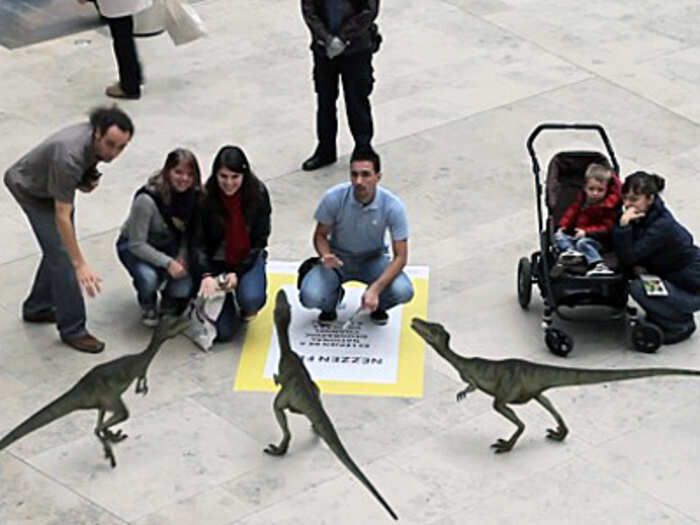
Popular Right Now
Popular Keywords
Advertisement